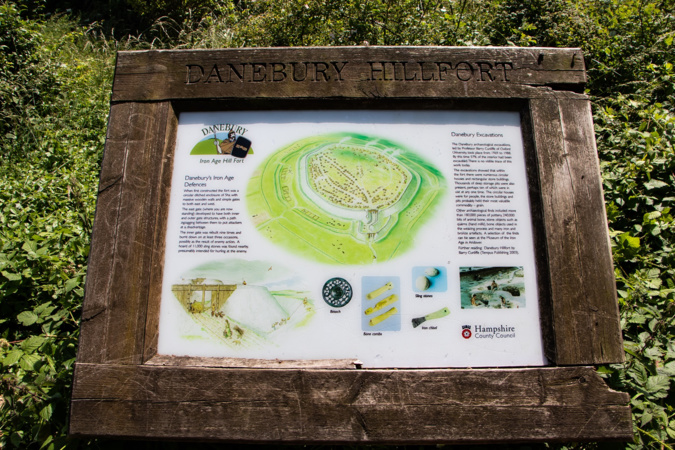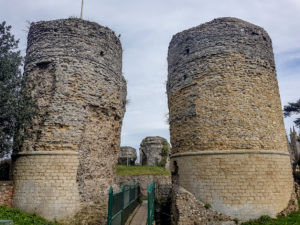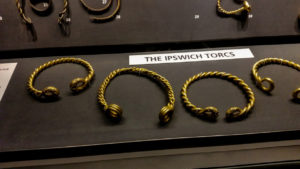
Danebury Iron Age Hill Fort is one of the most studied Iron Age hill forts in Europe and a Scheduled Ancient Monument. ‘Iron Age’ describes the period between the end of the Bronze Age and the start of the Roman period (700BC to AD43). Evidence found suggests that the fort was built 2500 years ago and occupied for nearly 500 years.
At the highest point of the hill there were shrines and temples. Religion was important to the people who lived at Danebury. Their pagan belief was that the gods lived in rivers, trees, or other natural features. They made offerings to the gods and sometimes sacrifices. Some of the burials uncovered at Danebury are thought to have been sacrificial. Rituals were carried out by the priests, known as druids, who were respected in the community and acted as a link between the people and their gods.







